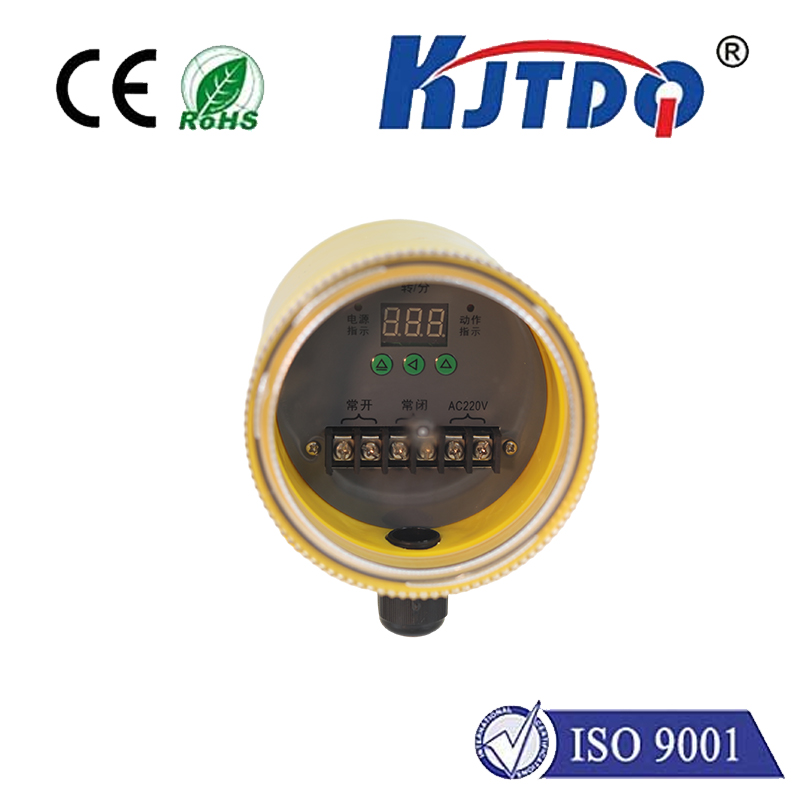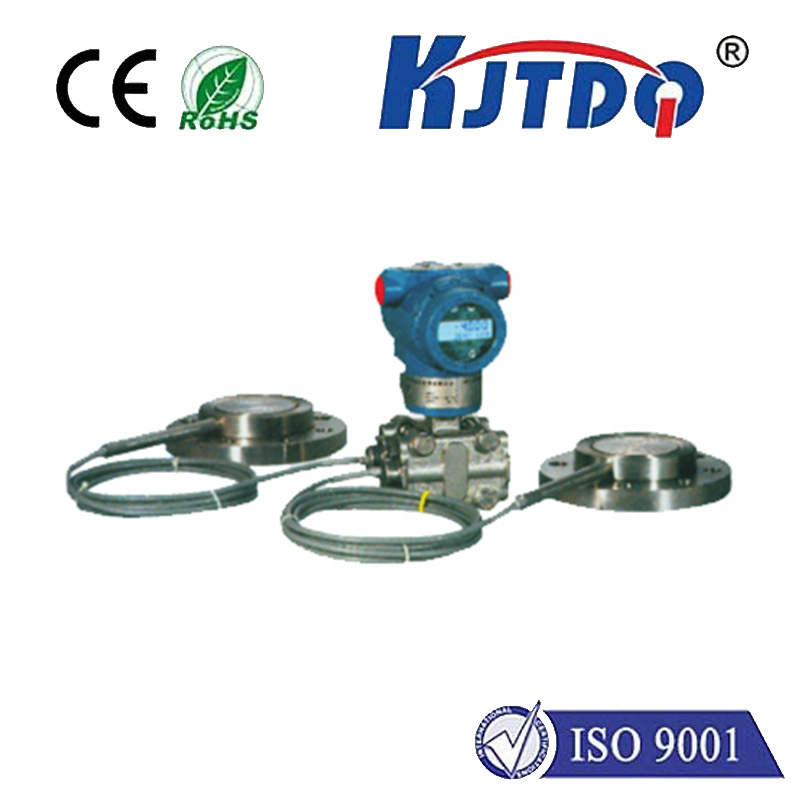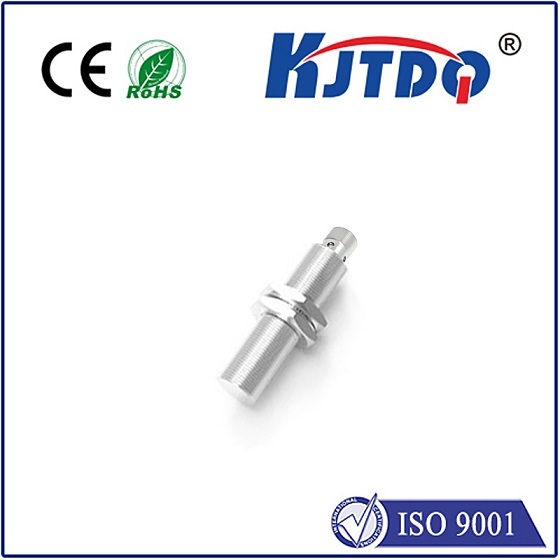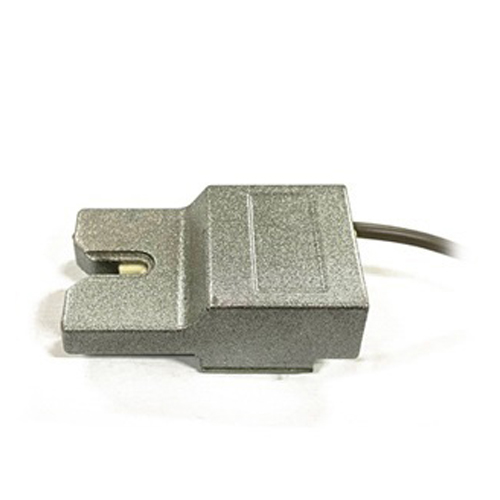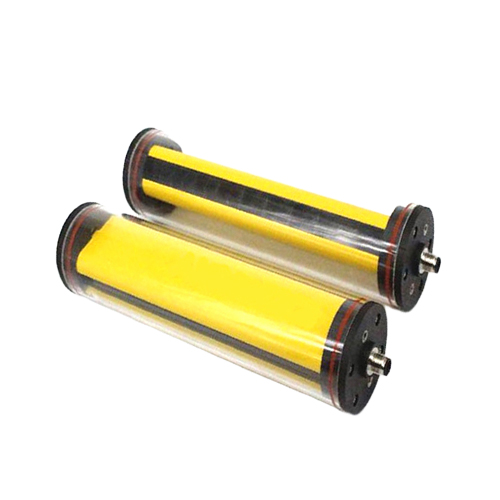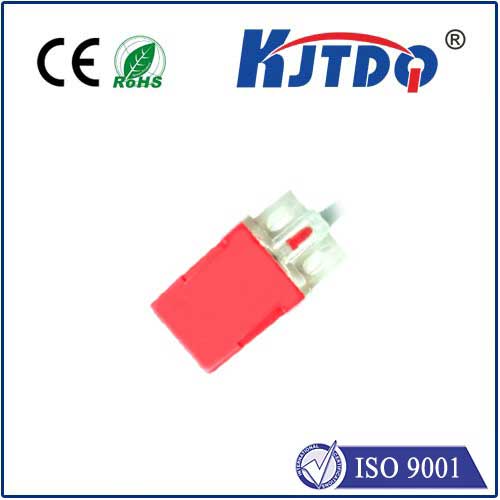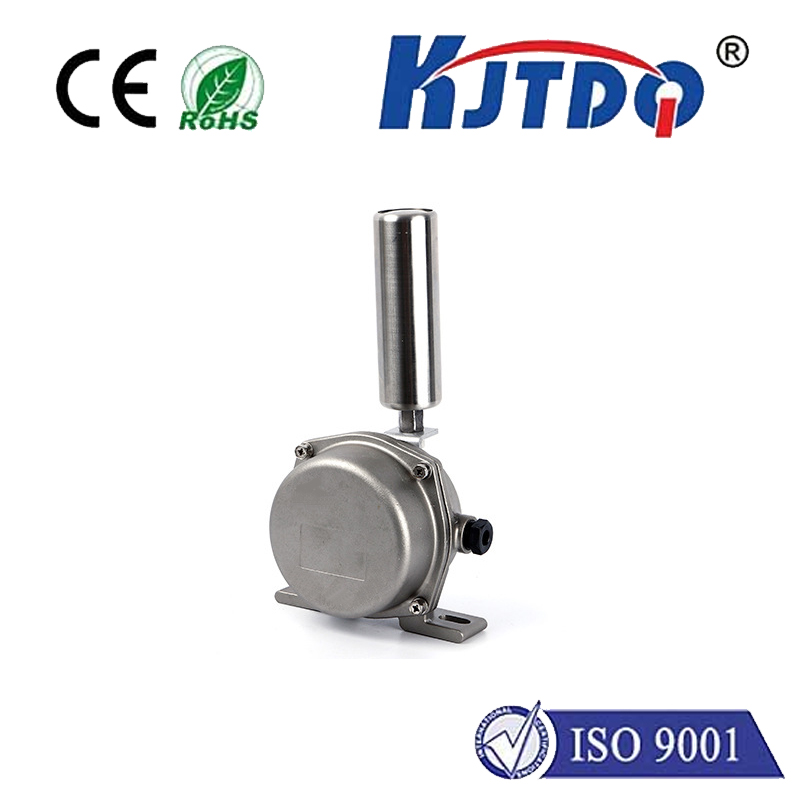Фотоэлектрический датчик дальнего действия
- time:2025-07-25 01:47:08
- Нажмите:0
Long Distance Photoelectric Sensors: Mastering Detection Over Vast Spans
Imagine needing to know if a train car has cleared a distant section of track, monitoring the position of a crane trolley high in a shipyard gantry, or detecting oversized vehicles approaching an entrance hundreds of feet away. Standard proximity sensors falter here. Long distance photoelectric sensors rise to this challenge, providing reliable, non-contact detection across expansive areas where other technologies simply cannot reach. These specialized instruments are the unsung heroes of automation and safety systems operating on a grand scale, leveraging the speed and precision of light to bridge significant physical gaps.
Understanding the Core Technology
At their heart, all photoelectric sensors operate on a simple principle: they emit a beam of light (typically infrared, visible red, or laser) and detect changes in the received light signal caused by an object interrupting that beam or reflecting it back. However, standard sensors are designed for relatively close-range work. The magic of long distance photoelectric sensors lies in their ability to overcome the inherent challenges of beam dispersion and signal degradation over dozens, even hundreds, of meters.
Key Technologies Enabling Long-Range Detection:

- Collimated Light Sources: Crucially, long-range sensors employ highly collimated light beams. Collimation minimizes the spreading out (divergence) of the light beam as it travels. Think of a flashlight beam versus a laser pointer; the laser stays tightly focused much farther. This concentrated beam maintains intensity over distance, allowing reliable detection at the target point. Laser diodes are often the preferred light source due to their inherent collimation and high intensity.
- Advanced Optics: Precision lenses are integral to both the transmitter (to collimate the emitted beam) and the receiver (to focus the returning or incoming light effectively onto the photodetector). These optics maximize light gathering efficiency and signal-to-noise ratio.
- Sensitive Receivers: Detecting the faint light signal returning from a long distance requires highly sensitive photodetectors (like photodiodes or phototransistors) and sophisticated amplification circuitry. Background Suppression (BGS) technology is often employed to filter out ambient light interference, which becomes more significant over longer paths.
- Powerful Electronics: Robust onboard processing allows these sensors to distinguish the true target signal from noise and environmental fluctuations (like dust, fog, or vibration), ensuring stable operation in demanding industrial environments.
Primary Types of Long Distance Photoelectric Sensors
While leveraging the same core principles, long-range sensors come in configurations optimized for different applications:
- Through-Beam Sensors (Sender/Receiver Pair):
- Principle: The emitter and receiver are separate units installed opposite each other. The object is detected when it interrupts the light beam traveling directly from the emitter to the receiver.
- Long-Range Advantage: This configuration offers the absolute longest possible sensing ranges, easily reaching 100 meters (300+ feet) or more for powerful laser models. The direct beam path provides the strongest signal.
- Применение: Monitoring wide conveyor entries/exits, gate/door position control over large openings, vehicle detection on long stretches of road or rail, pallet presence in high-bay warehouses.
- Retroreflective Sensors:
- Principle: The emitter and receiver are housed in a single unit. The emitted beam is directed towards a special reflector (retroreflector, like a prismatic tape target). The reflector sends the beam directly back to the receiver. An object breaks this reflected beam.
- Long-Range Advantage: While typically offering shorter ranges than through-beam, modern retroreflective sensors can achieve impressive distances – often 10-30 meters (30-100 feet), with some high-end laser models exceeding 50 meters. Simplifies wiring as only one device needs power/control at the sensing point.
- Применение: Positioning of cranes and trolleys on gantries, detecting vehicles at toll booths or parking barriers, container positioning in logistics yards, safety screens on large machinery.
- Diffuse Reflective Sensors (Long-Range Focused Variants):
- Principle: Both emitter and receiver are in one unit. The sensor detects light reflected directly off the target object itself.
- Long-Range Advantage: Generally offers the shortest range of the photoelectric types for long-distance applications, typically maxing out at a few meters for standard models. However, specialized long-range diffuse sensors using focused laser beams exist. These can detect specific, well-defined targets reliably at distances of 5-15 meters (15-50 feet), depending on target reflectivity and size. They lack the range of through-beam or retro but excel where only one-sided access is possible and a reflector isn’t feasible.
- Применение: Detecting large, reflective objects (like vehicles, containers) where mounting a reflector isn’t practical, presence detection on automated guided vehicles (AGVs), checking for oversized loads.
Why Choose Long Distance Photoelectric Sensors? Key Advantages
- Extended Range: The defining capability, enabling monitoring and control over distances impossible for inductive, capacitive, ultrasonic, or standard photoelectric sensors.
- High Speed Detection: Light travels incredibly fast, allowing these sensors to detect very rapidly moving or distant objects with pinpoint timing accuracy.
- Non-Contact Sensing: No physical interaction means no wear and tear on the sensor or target, leading to long operational lifespans and minimal maintenance.
- Reliability: Advanced optics and electronics provide stable, drift-free performance even in challenging conditions like vibration, moderate dust, or fluctuating temperatures (many offer high IP ratings).
- Precision: Laser-based models, in particular, offer very small spot sizes, allowing detection of small objects or precise positioning at range. Some even feature adjustable sensing ranges via potentiometers or remote teach-in.
- Safety Applications: Crucially, their long reach makes them ideal for setting up safety light curtains or area guards around large, hazardous machinery or perimeters, providing early warning of intrusion.
Critical Applications Across Industries
The ability to sense reliably over vast distances unlocks solutions in numerous sectors:
- Material Handling & Logistics: Monitoring pallet flow in massive automated warehouses, detecting container positions in ports and yards, controlling crane trolleys on gantry systems, oversized load detection at facility gates.
- Transportation & Automotive: Vehicle detection on highways or at toll plazas, train car position verification, safety systems at railway crossings, AGV navigation and obstacle detection in large factories.
- Производство: Overseeing large assembly lines, position feedback for long-stroke actuators, monitoring wide conveyor belts for jams or missing items, controlling automatic doors on large facilities.
- Mining & Heavy Industry: Equipment positioning in quarries or open-pit mines, monitoring conveyor transfer points over ravines, collision avoidance on large haul trucks.
- Infrastructure: Monitoring water levels in large reservoirs, gate control for locks and dams, intrusion detection on extensive perimeter fencing.
- Packaging: Detecting jams or misfeeds on very long web-processing lines (e.g., paper, film, textiles).
Selecting the Right Sensor: Important Considerations
Choosing the optimal long distance photoelectric sensor requires careful assessment:
- Required Sensing Distance: This is paramount. Is it 10m,


